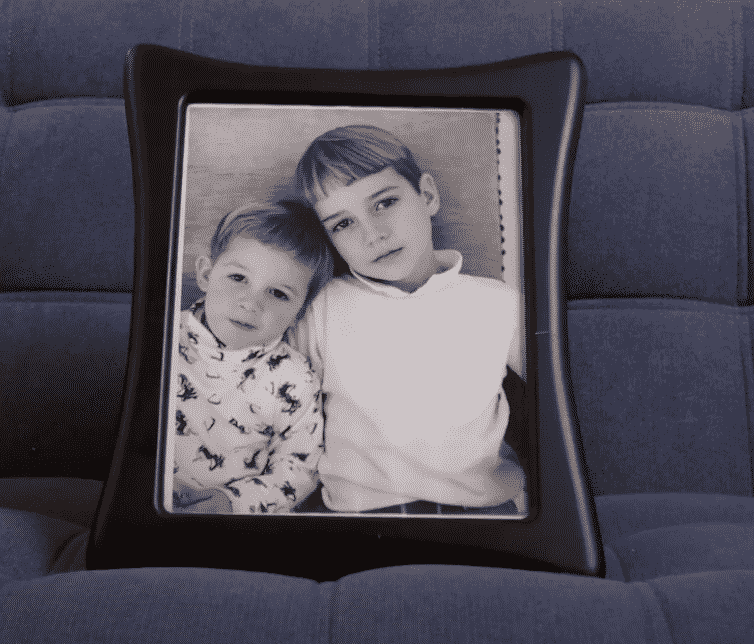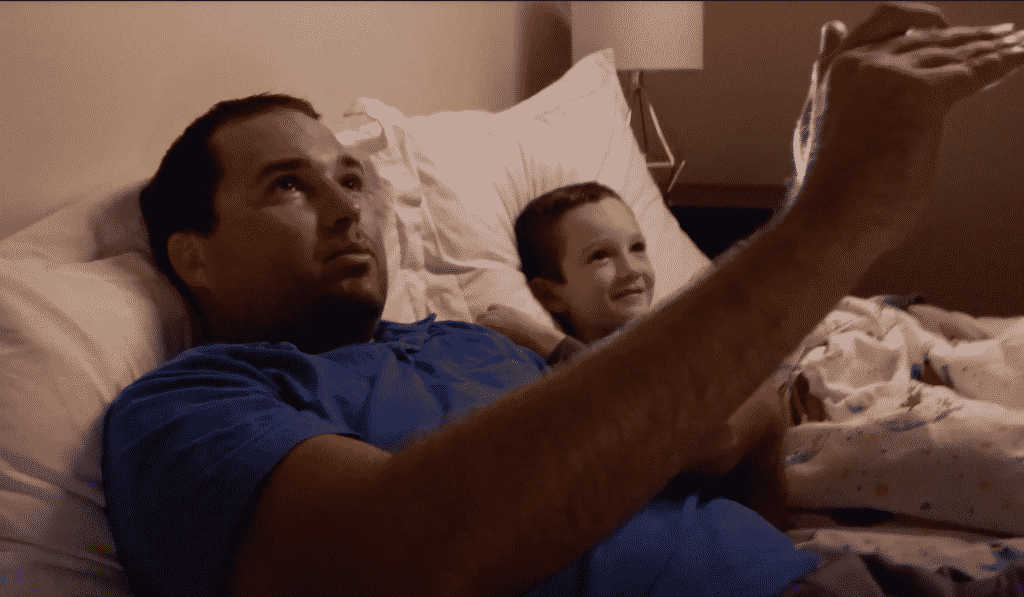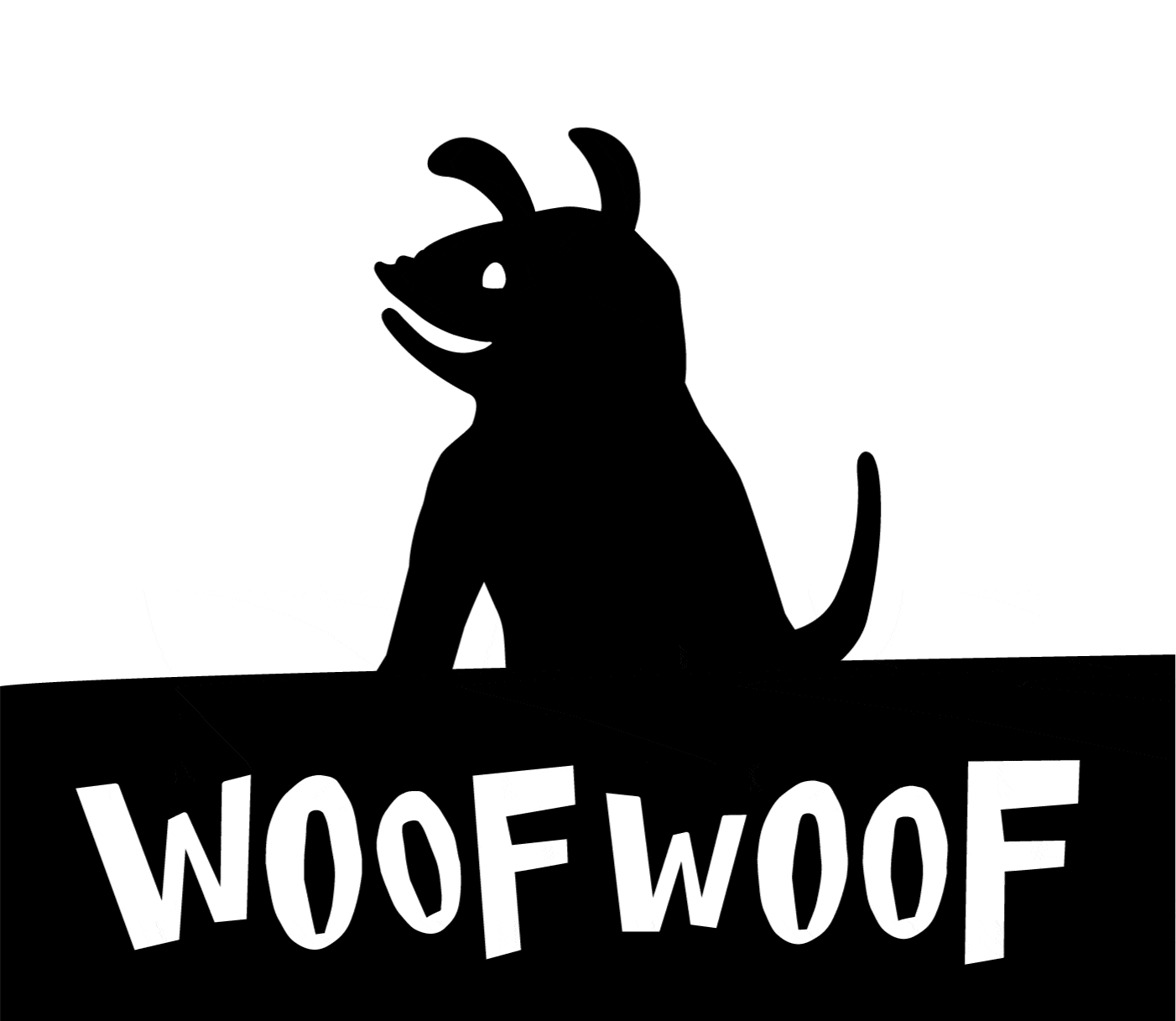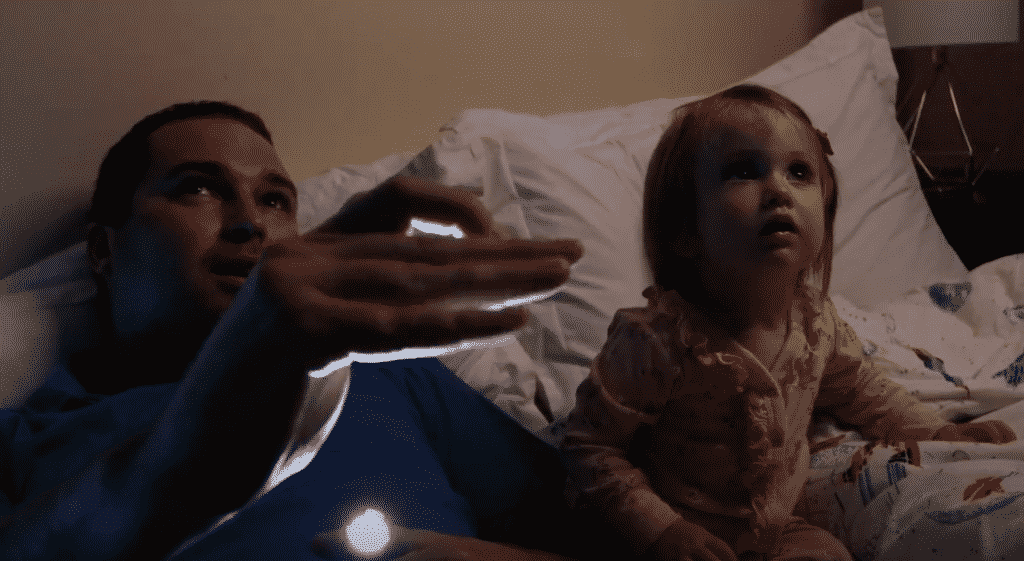Our Family Story: How Woof Woof Began

Welcome to our Woof Woof Blog! My name is Nancy. I am a professor at the Yale Child Study Center where I have worked clinically with parents and their young children for 44 years. I am the mother of 2 grown sons and grandmother of 2 young children. My husband, Gene and I created the children’s character Woof Woof, when our children, Jon and Matt were young. Jon and his wife, Rebecca, continue to play Woof Woof with their kids to this day.
Many years ago, when I was pregnant with our first child, colleagues and friends would say to me, “You know so much about children and development. You are going to be a great parent.” I felt stressed because I knew that my professional knowledge would not necessarily come in handy especially in those moments of managing sleep deprivation, temper tantrums, food refusals, and trying to get out of the house in the morning. Gene would often ask me questions about everything our son was doing. There were many times I could not answer the questions which led me to feel stressed and that I was not doing a great job at figuring out parenting.

One night at bedtime when our children were very young, Gene was helping them with the nighttime routine. He turned the lights out and turned on a flashlight to shine on the ceiling. He spontaneously began to make shadows on the ceiling with his hand creating a rabbit and then a dog. Gene asked what they should call the dog. They shouted, “Woof Woof.” Gene turned off the flashlight. Before he could say anything, they began to call out “Woof Woof ” who quickly appeared on the ceiling and began to talk to Jon and Matt. Both boys were mesmerized. Their bodies calmed. Their eyes were riveted on the ceiling. They began to have a conversation with Woof Woof. Gene as Woof Woof was able to talk with them about the various events of their days and what they thought and felt about those events. He addressed moments they enjoyed and ones that were difficult. While I cannot remember specific details of the conversations, I do know they were filled with information about the events of their days and their feelings. Woof Woof remained a favorite activity for many years. The boy’s friends also became fans of Woof Woof and often asked Gene to play Woof Woof with them. I have a wonderful visual memory of several children piled on the bed or the floor with Gene and with great anticipation calling for Woof Woof.

I was impressed from the beginning about how open and expressive our children were in Woof Woof’s presence. I have known for a very long time through my professional work with children and parents that young children have a very rich and complex internal world. They often cannot express some of their more challenging emotions like anger, sadness and worry in words and are more likely to express them in behaviors which can be confusing and difficult for adults to understand and manage. Children are often unable to express the complexity of their experiences as they do not yet have the words to do so. Children do use imaginative play to express thoughts, feelings, wishes, worries and struggles when their words for such complexity have not developed. The game of Woof Woof creates that make believe space for children. Woof Woof capitalizes on a child’s tendency to feel comfortable enough in the world of make believe to reveal the feelings and motivations which underlie their more perplexing behaviors. When they speak to Woof Woof, they express feelings, which are often not accepted in reality. They can reveal worries that their parents might not have noticed before. They also often speak to Woof Woof about the events of that particular day that did not go so smoothly for them. When children speak to Woof Woof before they go to sleep, they relax and have access to their more complex and misunderstood feelings. If they can express these thoughts and feelings, then Woof Woof and their parent can acknowledge their feelings. They learn it is ok to have all kinds of feelings. Children are helped to settle and sleep more comfortably. Parents may also gain some information about the inner world of their children so that they too become better at reading and understanding their children’s feelings and behavior.
We have long held the dream of sharing Woof Woof with other families. We are developing and working on a children’s book that I wrote many years ago. Additionally, our daughter-in-law, Rebecca, has choreographed and produced a shadow theater dance performance based on the Woof Woof character. It tells the story of Lucy and her many adventures, meeting Woof Woof and sharing her thoughts and feelings with him. You can see clips of scenes from Lucy’s adventures on this website and on our social media pages. Enjoy!
In my next blog I will explore how young children experience, express and regulate their feelings and how parents can support them with this important developmental task. When thinking about this topic, I am inspired by a quote from a Dr. Seuss book, Horton Hears a Who, “A person is a person, no matter how small.”

